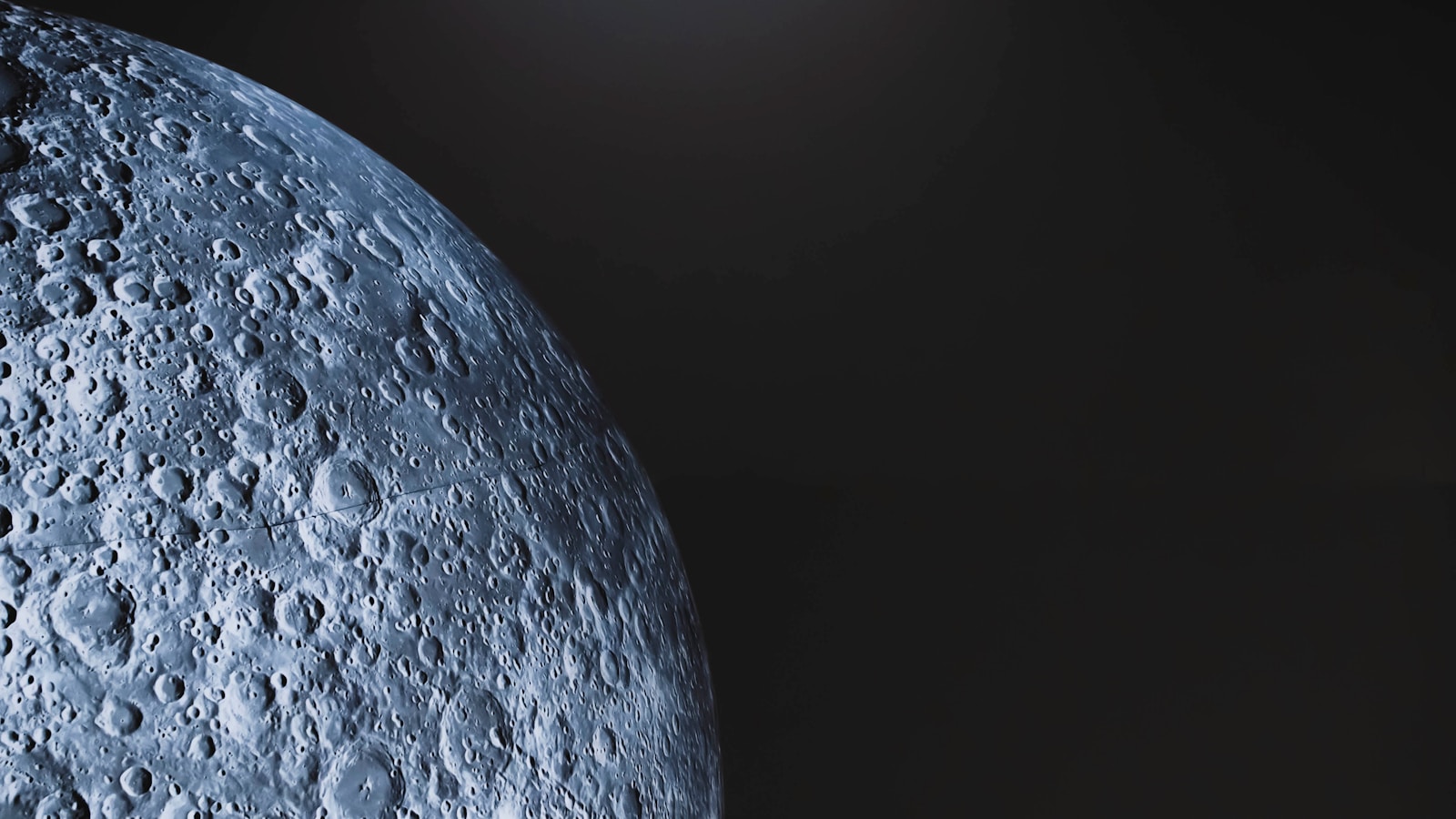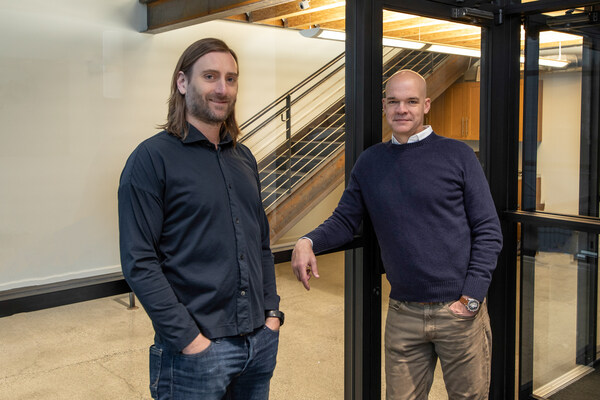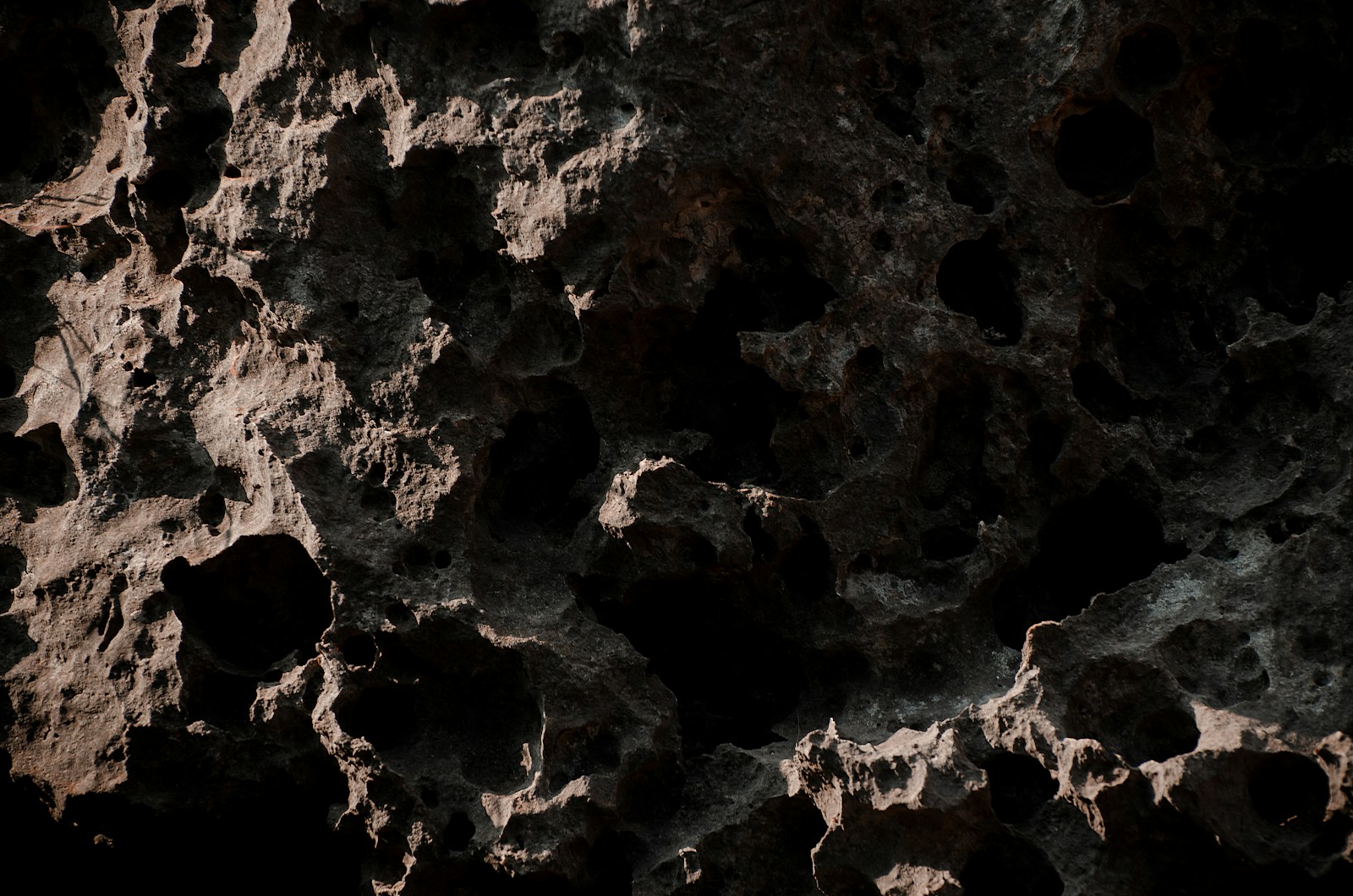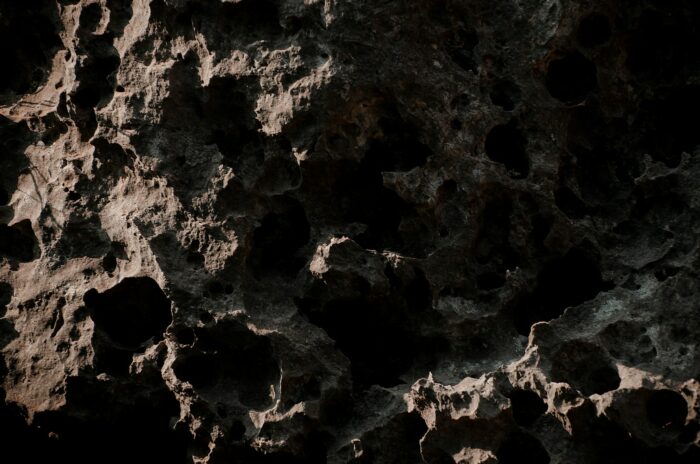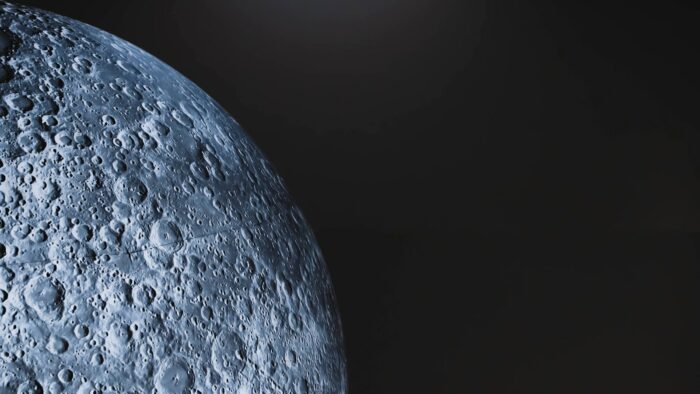Insider Brief
- Japan’s space agency JAXA, Fujitsu, and partners are developing an AI-based space weather forecasting system to protect astronauts from harmful radiation on the moon.
- The system will analyze past solar activity data from NASA to predict high-energy particle storms before they reach the lunar surface.
- Japan aims to complete the technology by fiscal 2025, aligning with planned moon landings under NASA’s Artemis program in 2027 and Japan’s own crewed missions from 2028 onward.
Japan plans to develop an artificial intelligence-based system to forecast space weather on the moon, aiming to protect astronauts from dangerous radiation.
The Japan Aerospace Exploration Agency (JAXA), Fujitsu Ltd., and other partners are working on the system to predict solar storms that send high-energy particles toward the moon’s surface. Without Earth’s protective atmosphere and magnetic field, astronauts on the moon are directly exposed to this radiation, which can pose serious health risks. The system is intended to support Japan’s participation in NASA’s Artemis program, which seeks to return humans to the lunar surface later this decade.
JAXA and its partners expect to complete the forecasting technology by the end of fiscal 2025, according to The Japan News. The AI system will analyze historical data from NASA on solar activity and radiation levels that reached Earth and space in past events. Fujitsu will train its AI program on satellite observations of solar flares — explosive bursts of energy from the sun — to recognize patterns and predict future radiation storms before they reach the moon.

Solar flares occur frequently, especially near sunspots, and when large flares erupt, they send streams of high-energy particles into space. On Earth, the planet’s atmosphere and magnetic field deflect much of this radiation. The moon, however, has no such protection, making even a single solar storm a potential hazard for astronauts working on the surface.
NASA aims to land astronauts on the moon in 2027, marking the first crewed lunar mission since Apollo. Japan is also planning to send Japanese astronauts to the moon in or after 2028. The AI-powered forecast system could allow astronauts to take shelter before radiation reaches dangerous levels, reducing the risk of prolonged exposure.
Chihiro Mitsuda, a senior manager at Fujitsu, told The Japan News, “We want to develop a technology which can judge details in activities on the moon depending on levels of risks of being exposed to radiation rays.”
Radiation exposure is a major challenge for deep-space missions. Prolonged exposure to high-energy particles can increase the risk of cancer and damage the central nervous system. NASA and other space agencies have studied shielding methods and underground habitats as potential countermeasures, but accurate forecasting could provide another layer of protection.
AI models have already proven useful in predicting solar activity on Earth, and researchers hope to refine them for lunar applications. The system JAXA and Fujitsu are developing could eventually be adapted for future Mars missions, where radiation exposure is an even greater concern.
Share this article:

